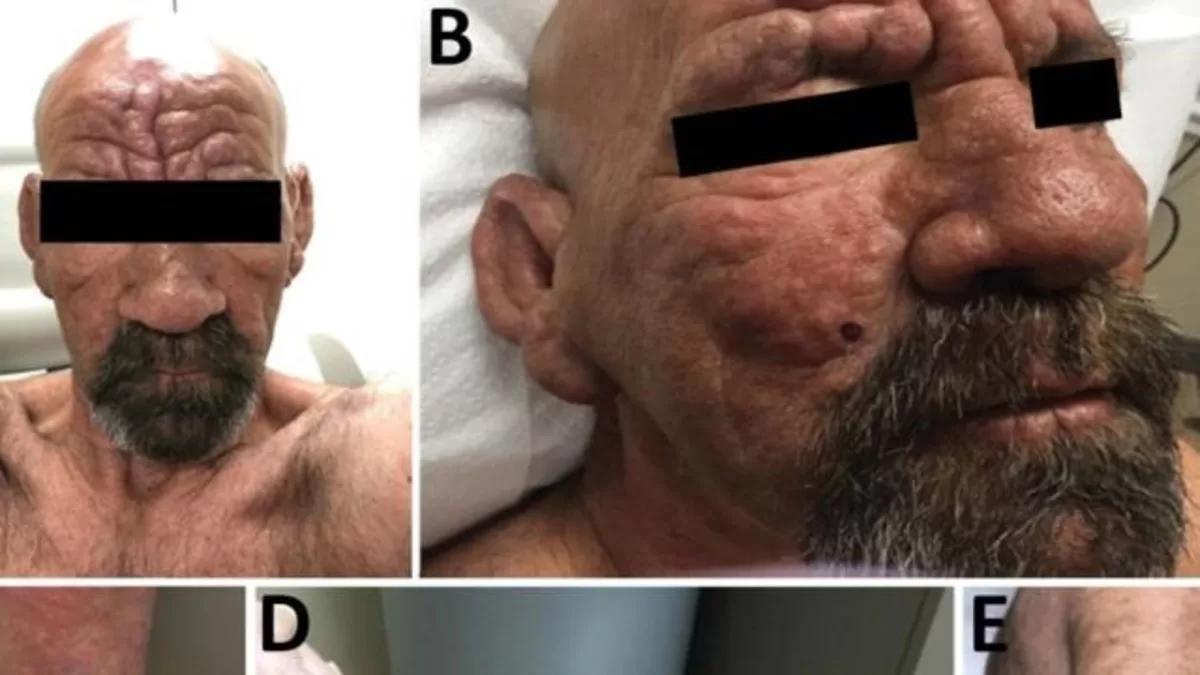Cases of leprosy, ‘historically uncommon’ in US, surge in central Florida, CDC says
The CNN article discusses the increasing rates of leprosy in Central Florida, particularly in the Orlando area. Dr. Rajiv Nathoo, a dermatologist, diagnosed a 54-year-old landscaper with leprosy, despite the patient not having typical risk factors associated with the infection. Following this case, Nathoo and his team identified a cluster of leprosy cases in the region, leading them to suspect that Central Florida is becoming an unexpected leprosy hotspot.
According to a research letter, Central Florida reported the highest rates of leprosy in the United States, accounting for 81% of cases in Florida and almost 1 out of 5 leprosy cases nationwide. Notably, about 34% of new cases in the region between 2015 and 2020 did not have the traditional risk factors, suggesting that leprosy has become endemic in Florida.
Leprosy, also known as Hansen’s disease, is caused by Mycobacterium leprae bacteria, which affects nerves under the skin. It is believed to spread through droplets when an infected person coughs or sneezes, but the exact transmission method remains uncertain. The disease is rare in the United States, primarily affecting those who travel to high-risk countries or come into contact with armadillos carrying the bacteria.
The article highlights the importance of vigilant healthcare providers in Central Florida, as leprosy can cause severe complications if left untreated. Since the disease grows slowly and often goes misdiagnosed, it can lead to nerve damage and other irreversible effects. Proper reporting and early treatment are critical in managing leprosy and preventing its spread. Although the disease’s prevalence is still relatively low in the region, authorities must remain watchful to control potential outbreaks.
#LeprosyOutbreak #CentralFloridaHealth #RareDiseaseAlert #EndemicLeprosy #HealthcareAwareness
